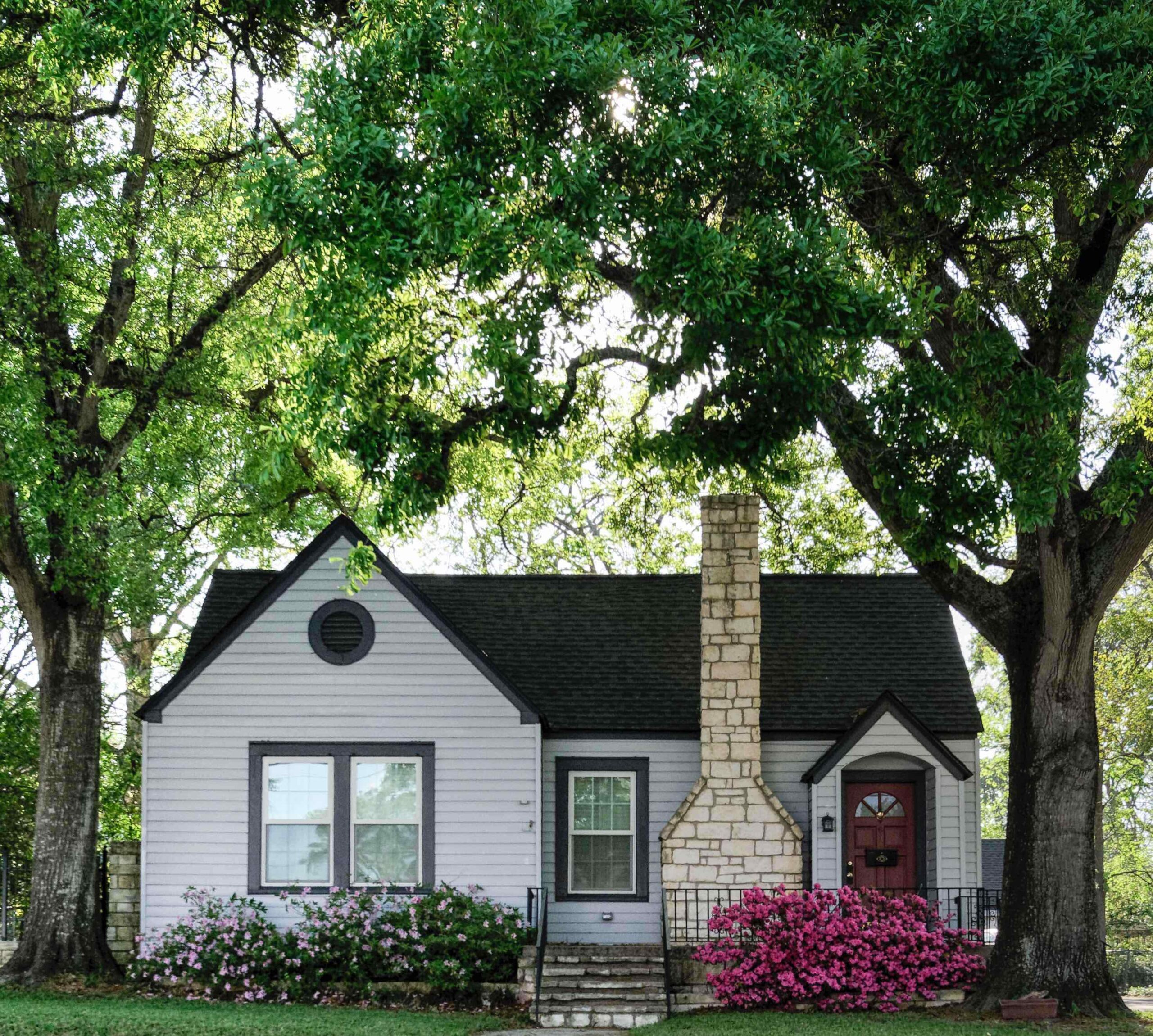A Homily for Water Communion Sunday
Today we come together at the start of a new church year. After the different place and pace of Summer Worship, there is something special about this Sunday of ingathering. The ritual of Water Communion, which we will celebrate shortly, highlights an essential element of what it means to be a church—namely, togetherness. Indeed, the ancient Greek word for church is ekklēsia, which simply means “the assembly.”
So, here we are assembled—in a space built just for this purpose of congregating and now adapted to also include those online. On the one hand, this coming together seems so ordinary as to merit no special attention. On the other hand, this intentional togetherness is remarkable within a culture of fraying social bonds and rising rates of loneliness. In a recent report entitled, Our Epidemic of Loneliness and Isolation, the Surgeon General, Vivek Murthy, states,
In recent years, about one-in-two adults in America reported experiencing loneliness. And that was before the COVID-19 pandemic cut off so many of us from friends, loved ones, and support systems, exacerbating loneliness and isolation. (4)
Choosing to connect with others and to strengthening institutions that foster social connectivity disrupts these trends of loneliness.
We are built to be in relationship. In our brains, that panic feeling of being “left out in the cold” was once not merely a metaphor for social isolation, but rather reflected the very real danger of being without one’s tribe in the tundra. In Murthy’s 2020 book, Together, he writes,
“Quite simply, human relationship is as essential to our well-being as food and water. Just as hunger and thirst are the body’s ways of telling us we need to eat and drink, loneliness is the natural signal that reminds us when we need to connect with other people.“ (11)
Loneliness is real and all around us. I have no doubt that some here today feel lonely right now and that most of us have felt so at some point in our lives. We need connection to others.
A fictional example of effectively disrupting loneliness can be found in the book, The Love Story of Missy Carmichael. At 79, Missy lives alone. She is estranged from her daughter and her son and grandson live overseas. The book begins with Missy dragging herself on a cold day to an event at a local park, just so that she would have something to write about in her email to her son and grandson. When she unexpectedly faints, strangers come to her aid. As the book unfolds, these helpful strangers become her friends, even confidants. These new friends also become conduits to larger groups, such as to a community of dog owners that Missy joins after her new friends gift her a dog. While the book begins with Missy isolated, lonely, and sipping a bit too much sherry, by the end of the book she has developed all three kinds of connections that researchers promote: intimate, social, and collective. But that’s fiction, right?
Here’s another example. Following my divorce in my late-20’s, I attended seminary where I flourished within a group of caring friends. But after graduation, we scattered. Back in my home state of Michigan, I was a lonely single mom of a 5-year-old. So, I began attending a church. Then I joined their woman’s group and met a woman named Sandy. Red-headed and warm-hearted, Sandy began inviting my son and me over for brunch after services. Feeling timid but also so lonely, I dared to say yes to her invitation week after week. In time, Sandy became the dearest of friends . . . to this day. As I kept showing up to church, I also made other acquaintances in conversations after the service and at various events. Attending services and befriending the ministers also fueled my passion for religious questions. In other words, through the church, I found intimate, social, and collective connections that helped to not only assuage my loneliness, but to also enrich my life in meaningful and lasting ways.
Today I am a minister not only because of my lifelong love of the spiritual journey, but also because of my lived experience of the transformative power of religious community. Being a part of religious community helped to give me a sense that I belonged to a group with a shared purpose. Being part of a church made me feel less lonely.
Murthy suggests that the first step out of the loneliness is to acknowledge that we need connections to people like we need food and water. We need places we can walk into and chance finding a new friend, or at least social acquaintances we recognize and who recognize us. We need places where we can feel connected to something that matters to us and to people who agree on that same purpose. We need places where we can serve, affirming that we have something to give. And we need places where we can find help when we need it. And all of us at some points need help.
Showing up here at First Church matters. Only by coming together do we create the assembly, the church. Perhaps sometimes you may not feel that you need to be here, but maybe someone else needs to see your familiar face, to experience that they are not alone when they come through the doors. Of course, there are times we cannot make it here—for our health as well as other commitments. But when you are able, I hope you will show up because simply being together is core to what we do as a church. In our togetherness, may we cultivate the transformative power of religious community, including for the lonely among us.

